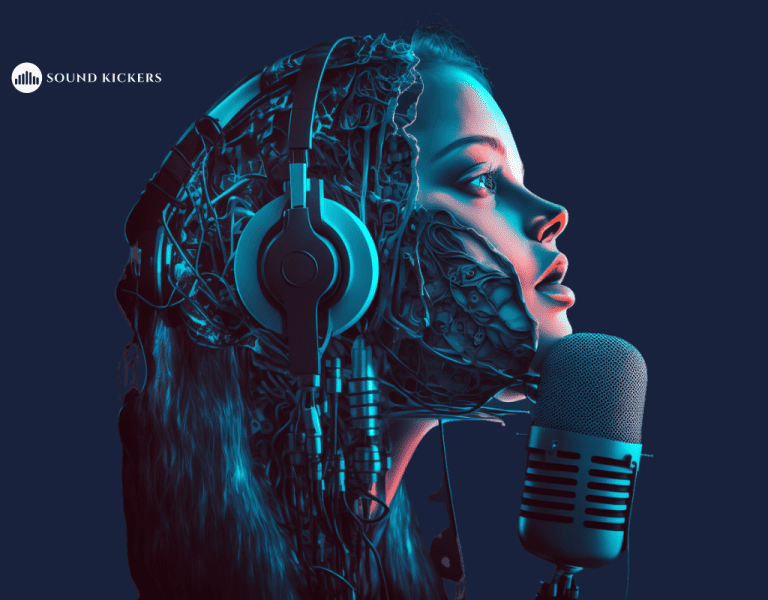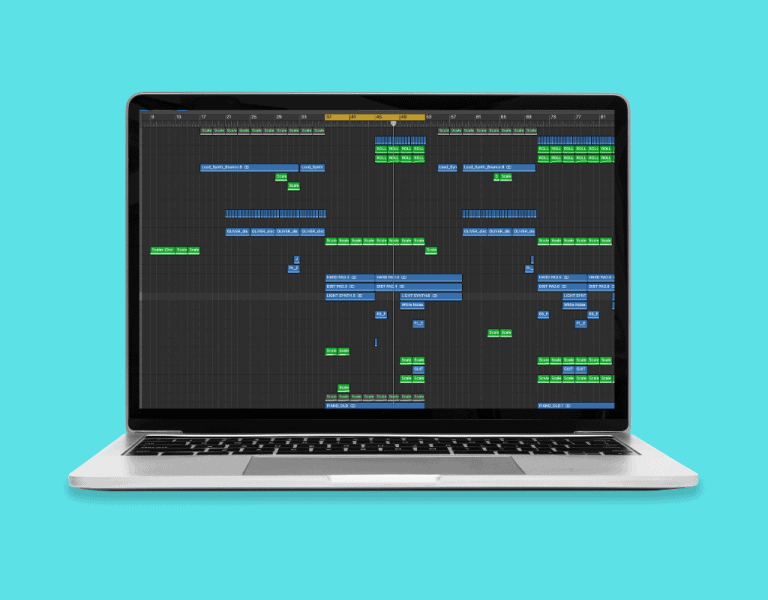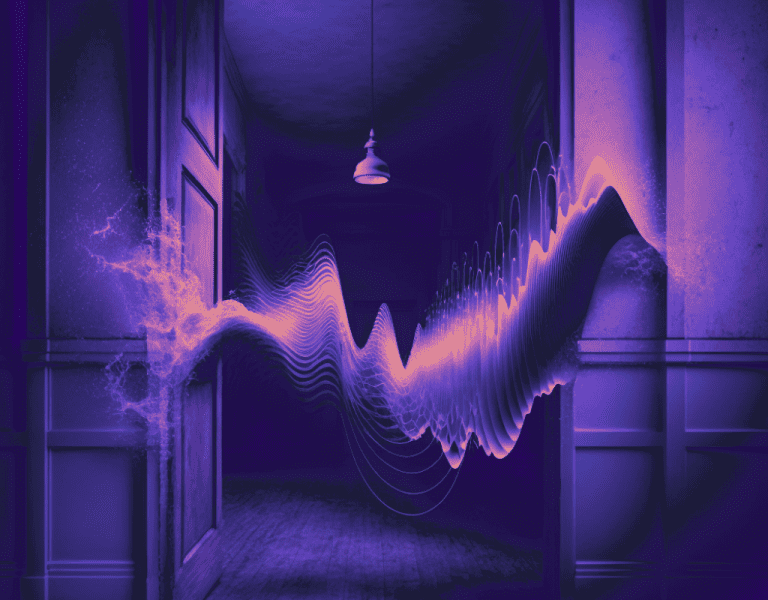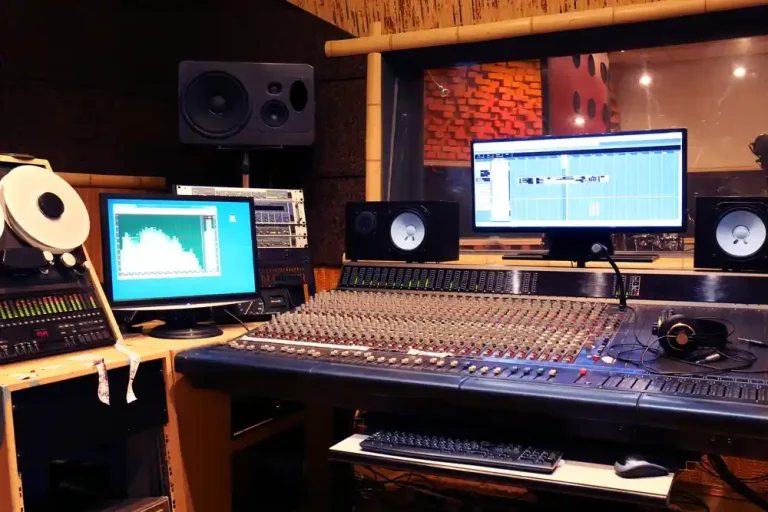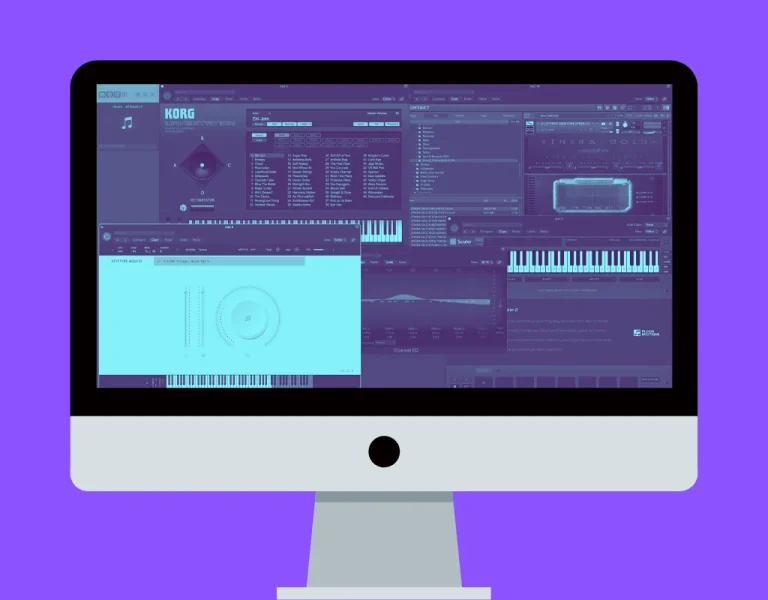How To Get Started In Sound Design
Sound design is a great field that lets you flex your creative muscles and bring your unique flair to the world of music, primarily as used in video games, movies, and advertisements.
Here’s how to get started in sound design.
- Find your sound
- Listen to the world around you
- Think creatively
- Stay close to creativity
- Experiment
- Listen to your peers
By following these guidelines, you’ll develop a knack for building sounds that are all your own and something to be proud of.
This article will dive into sound design and how you can start making sounds.
What Is Sound Design?
In the early days of films, live bands would accompany otherwise silent performances.
Since then, sound design has become an integral part of filmmaking from a technical and creative standpoint.
It massively improves the viewer or player’s immersion, and it’s the sound designer’s responsibility to mix sound effects.
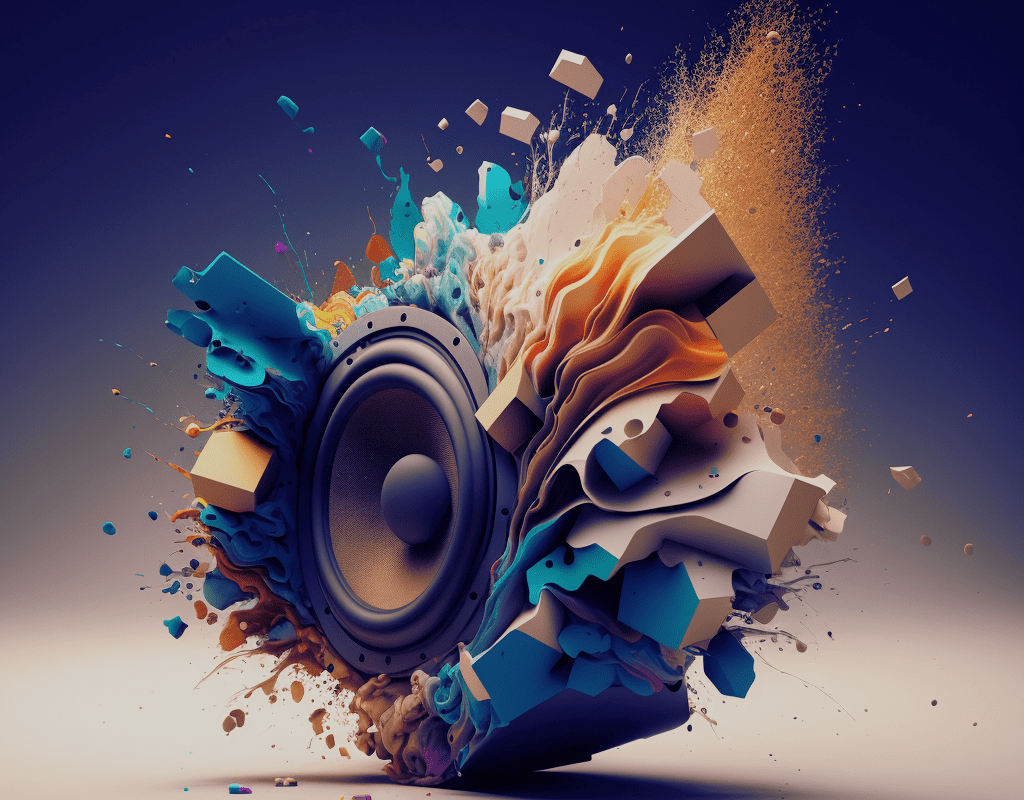
For example, a sound design might closely examine a scene with a fistfight, evaluating how much force is going behind the punch, how ‘windy’ the punch should sound, what the fist is connecting with, and what other ‘flavorful’ elements should be included.
These all significantly contribute to the story being told and are an extremely important, even expected, part of filmmaking, game design, and advertising.
How to Get Started in Sound Design
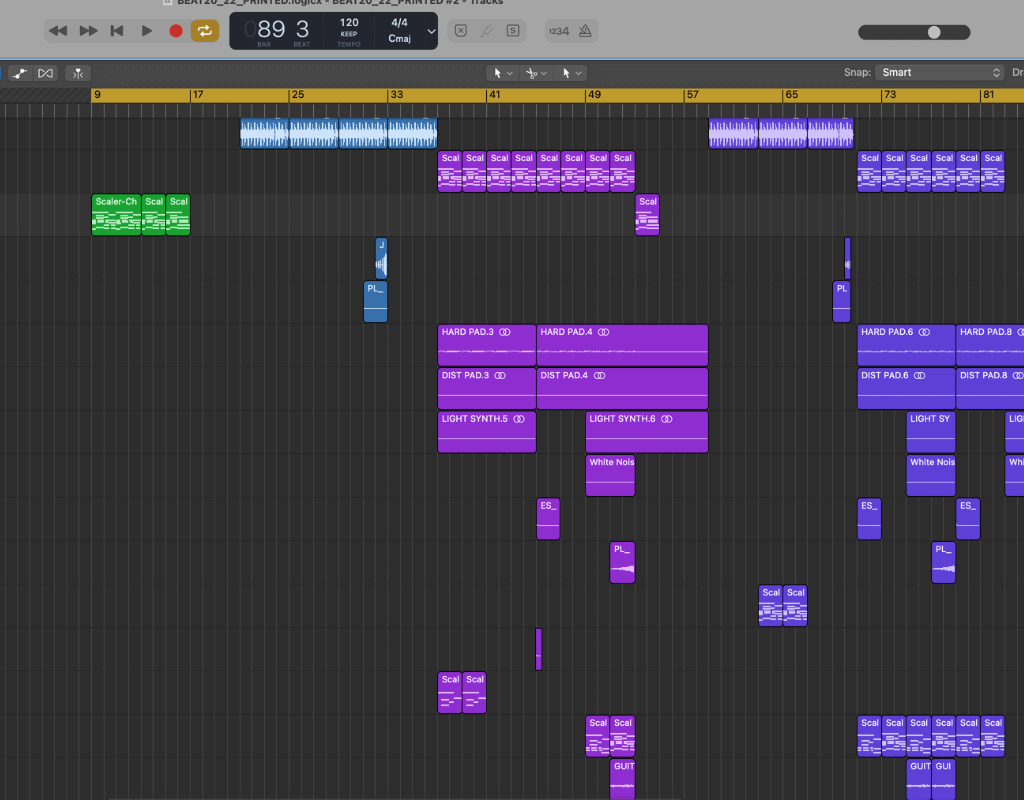
Find Your Sound
Sound design is mainly dependent on intuition and style.
Two different sound designers might choose to ‘animate’ an explosive blast in two completely different ways, and that’s perfectly ok.
Your first step towards getting started in sound design is to find what you like.
Experiment with tons of different sounds, get involved in your local sound design community and listen to some of the greats in sound design.
Absorb as much as you can, like a sponge, and start narrowing down what sounds you like.
Which movie has more realistic or powerful explosions: Transformers or The Dark Knight?
Adding nuance to sound distinguishes the greats in sound design, and as you improve your mechanical skill, stay focused on developing your sound.
Listen to the World Around You
One of the most challenging aspects of being a sound designer is translating real-world sounds into synthesized ones.
Your intuition plays an important role in developing apt sounds for different scenes.
To do so, you’re going to want a solid baseline for those sounds to begin with.
Start listening to noises you ignore daily: the tapping of keys on a keyboard, the whoosh of the subway as it pulls into the station, the purr of an engine.
Internalize those noises and store them in your virtual library.
Doing so will help you get a knack for building sounds on the fly and knowing what elements to add to make a sound feel dynamic.
Think Creatively
Creativity is one of the most exciting parts of being a sound designer, but it’s also one of the most difficult skills to develop.

To do this, take a sample of an iconic sound, like the lightsaber from Star Wars or the warp drive from Star Trek, and try to recreate it as faithfully as possible.
Then, tweak your sound by adding some goofy elements to it.
Most probably won’t work, but use your imagination and incorporate your creativity to find a sound that does work and adds creativity.
Doing so can breathe life into a project and change the dynamic of a scene.
Of course, you never want to make a sound distracting or so off the wall that it doesn’t make sense, but adding some flair and bringing your creativity to bear will help distinguish your style and grow your mechanical skill.
Stay Close to Creativity
Similarly, you always want to immerse yourself in the beautiful world of sound design by finding peers and even established sound designers who are making waves in the community.
Get involved in their process, evaluate their mindset, and incorporate tips and tricks into your creative process.
Experiment
There’s no getting away from it—you’re going to make tons of blunders before you make your first half-decent sound.
Sound design is a lot of experimentation, and you’ll have to go through a thousand ‘nopes’ before you find even a single ‘yes.’
The more you experiment, the more you’ll develop a knack for putting sounds together and knowing what does and doesn’t work.
Listen to Your Peers
Your peers have a lot to offer when it comes to getting started.
The sound design community is very active on social media.
Reddit’s r/sounddesign, for example, is an excellent resource for sharing knowledge, testing ideas, and developing a healthy workflow.
Twitter’s #sounddesign and #gameaudio is also great resource to learn and get recommendations from the pros.
Related article: What Makes A Good Music Producer In 2023? (Explained)
What Equipment Do You Need to Get Started?
There’s lots of fancy equipment that professional sound designers use.
Still, to get started in sound design, you only need a few basic tools to ensure high-quality recording equipment and audio.
Here are the top 4 things you’ll need:
- Audio interface – High-quality sound is important to ensure the sound you capture is precisely the quality you need.
- Microphones – Recording your sources with a good-quality condenser microphone will help you craft your sounds.
- Field recorders – Capturing sounds on the fly will help you master sound design.
- Studio monitors and headphones – Listening to the sounds you’ve created accurately will improve your craftsmanship skills.
.
Final Thoughts
Sound design is brimming with creativity, and when you hit your stride, it’s tons of fun.
Getting started is a mechanical process of learning how to utilize your equipment and a creative process of developing your style, taking on advice, and experimentation—lots of experimentation.
With some investment and practice, you can start mixing and creating sounds today!


